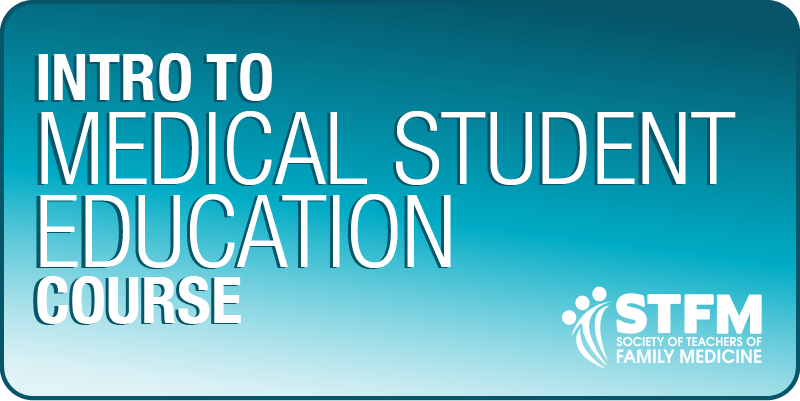Advance your career as a medical school faculty member with this self-directed online course. This 7-hour course provides professional development in the nuts and bolts of medical student education by showing you how to get started advising medical students, provide high quality assessment and evaluation, understand the basics of LCME and COCA requirements, and provide support to students in difficulty. Each module includes a variety of activities, including video interviews with experienced faculty, interactive modules, readings, and self-paced assignments.
The course is designed to allow you to work at your own pace and return to the resources as often as you need.

Technical Requirements
In order to get the full experience of these courses, we recommend that the courses be viewed on a desktop computer, laptop, and most tablets. Smartphones are not supported.
How To Begin
Once you have purchased the course, go to your My Account page on stfm.org. Click Online Learning at the top to begin. The course will be in the Courses section of the online learning center.
Enroll Now
Questions?
Have questions or need help enrolling? Email Brian Hischier, STFM manager of Online Education, or call (913) 800-5198.
